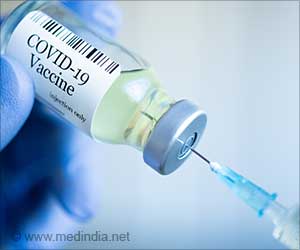
‘The combination of measures reduced the growth rate of confirmed COVID-19 cases by an amount that grew over time — reaching 9 percentage points after 16 days.’
Tweet it Now
The study evaluates the impact of four measures taken by state and local governments to slow the spread of COVID-19 across U.S. counties from March 1-April 27 — bans on large social gatherings, public school closures, the shuttering of entertainment-related businesses and shelter-in-place orders. The authors found the closing of entertainment businesses — such as restaurants, movie theaters and gyms — and shelter-in-place orders — such as Gov. Andy Beshear’s “Healthy at Home” initiative — resulted in a dramatic reduction in COVID-19 cases.
The results imply that by April 27, the number of cases would have been 35 times higher without any of the measures — suggesting the U.S. would have reported 35 million (rather than 1 million) COVID-19 cases.
“The numbers are eye-popping but illustrate the enormous power of exponential growth,” Yelowitz said.
However, the study determined the other two measures — bans on large gatherings and school closures — had a less significant impact.
Advertisement
“Most large events — like March Madness — were already being canceled anyway prior to any official prohibitions, which may have made these prohibitions redundant,” Courtemanche added. In conclusion, the authors believe the report sheds light on the current re-opening.
Advertisement
“My main policy recommendation would be to strongly encourage states to watch some of the early openers to see what happens,” Yelowitz added. “Given exponential growth, the rise in cases often looks unimpressive until right before things explode.”
For a closer look at the study, visit the Health Affairs website. For other reports authored by ISFE, you can visit the institute's website.
Source-Newswise













